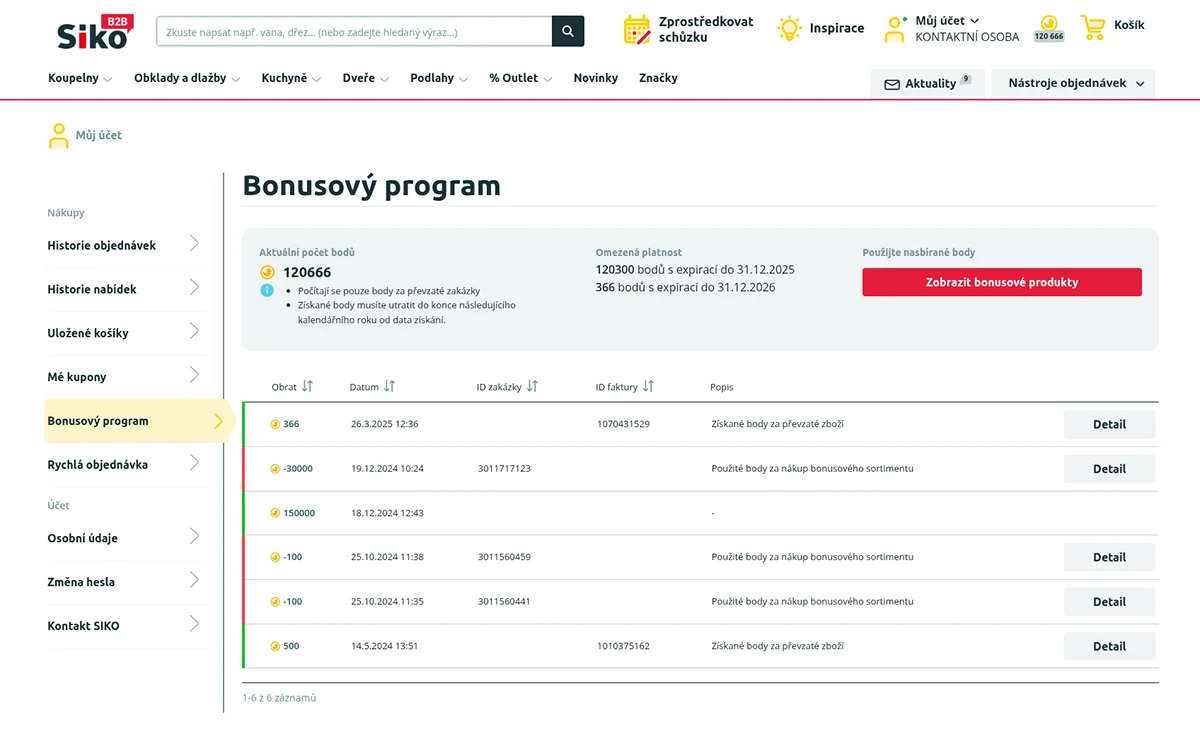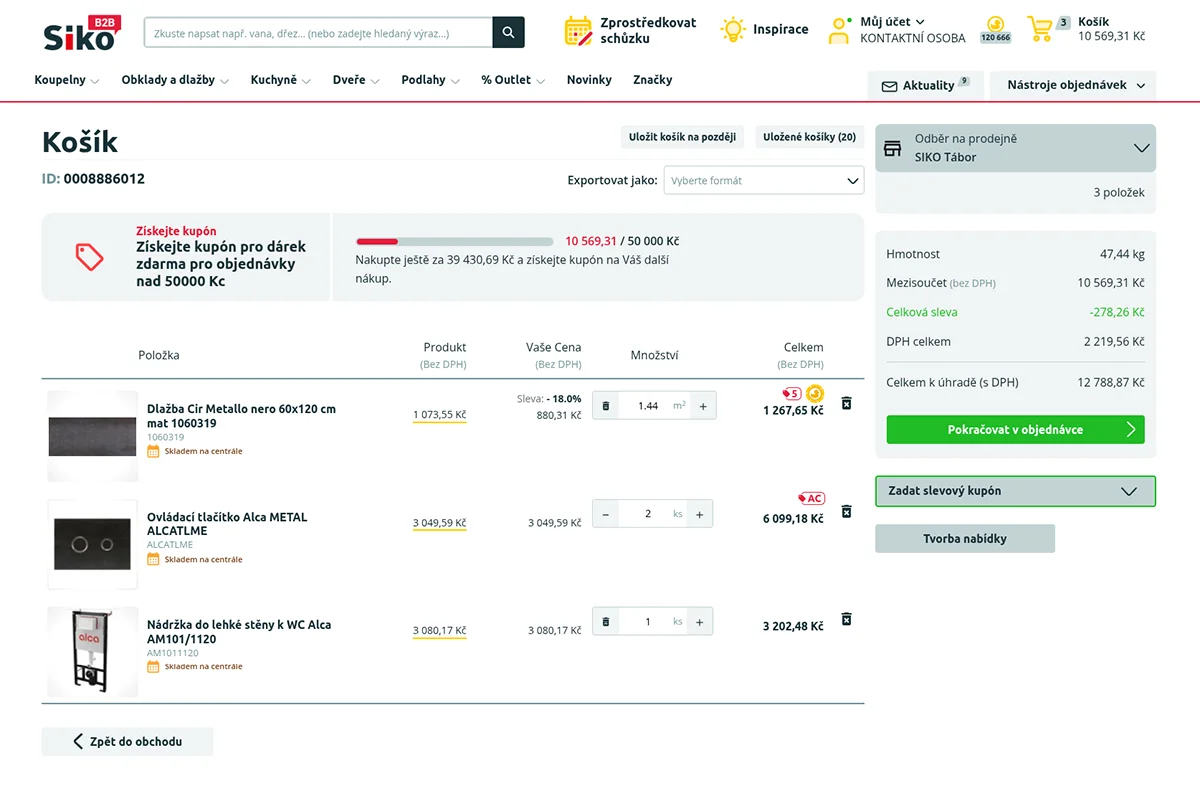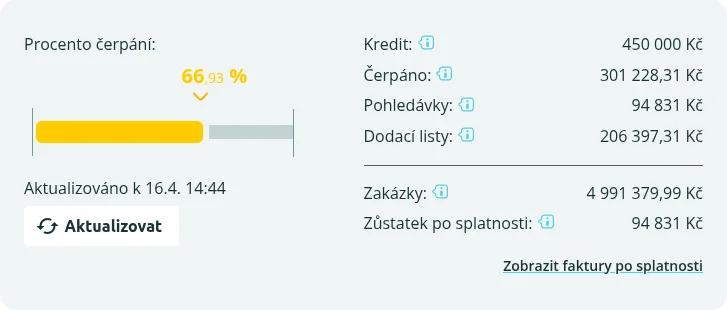- Home
- Case Studies
- Custom Development
- SAP B2B
E-commerce Solution for the B2B Segment | SAP Commerce Cloud
Platform
Frontend
Backend:
Team size
15

SIKO is a family-owned company founded in 1991 and is one of the market leaders in the sale of complete kitchen and bathroom equipment in the Czech and Slovak Republics. Today, the company also operates in the Hungarian, German, and French markets.
With a strong focus on innovation, SIKO has embraced digital transformation—evolving from a traditional brick-and-mortar retailer into a major player in the e-commerce space, serving both B2C and B2B customers.
About the technology
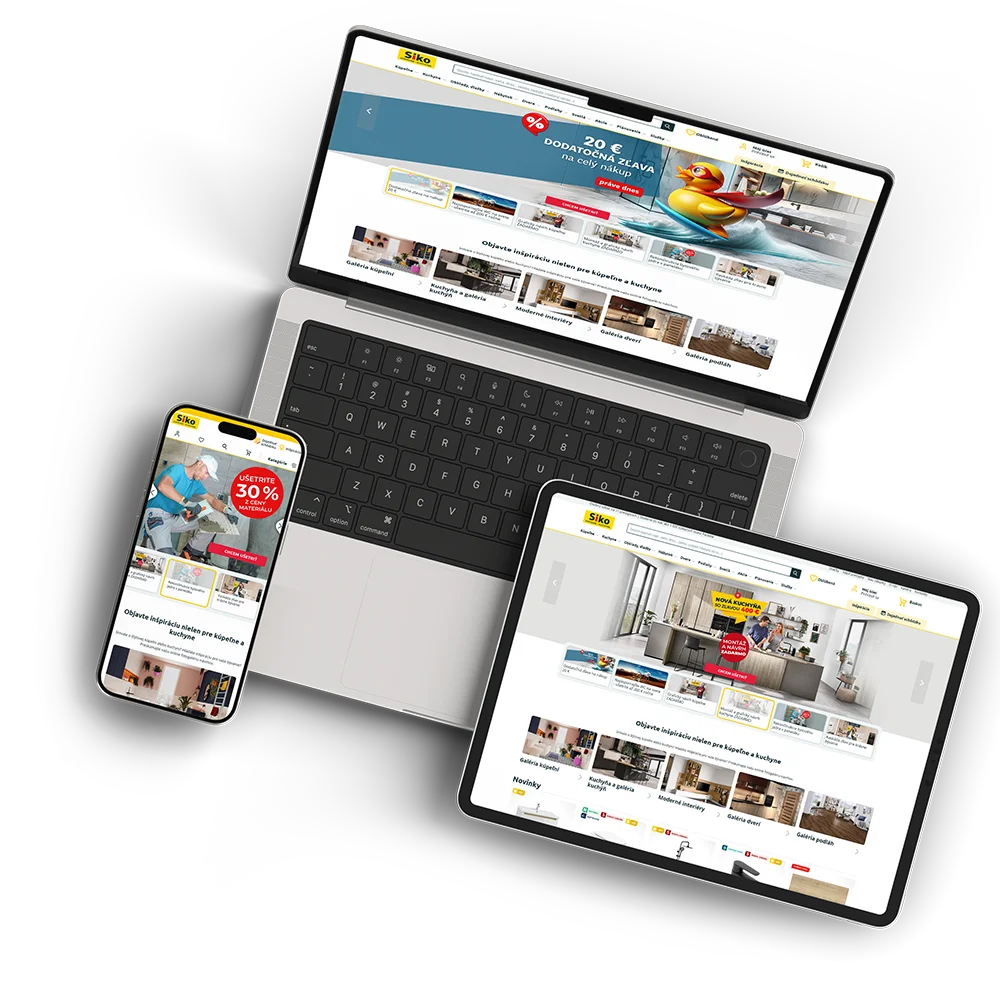
SAP Commerce Cloud is a robust e-commerce platform designed for companies looking to provide personalized, scalable, and seamless shopping experiences across multiple channels (web, mobile, in-store). This cloud-based solution is intended primarily for medium and large enterprises that need to unify their sales processes, customer data, and digital commerce capabilities within a single platform.
Key benefits of SAP Commerce Cloud:
- Omnichannel experience
Enables consistent customer journeys across all touchpoints – online, offline, and mobile applications. - High customizability
The platform can be flexibly adapted to different segments, languages, pricing models, and product catalogs. - Integration with other SAP solutions
Seamless integration with other SAP systems (e.g., SAP S/4HANA, SAP Customer Data Cloud) ensures unified data flow and business processes. - Cloud scalability
Its cloud infrastructure supports fast adaptation to growing market demands without large infrastructure investments. - Support for B2B and B2C models
The platform is suitable for both B2B and B2C businesses, offering features like price lists, customer accounts, approval workflows, and product configurators.
About the project
To address these challenges, SIKO made the strategic decision to gradually migrate its entire B2B e-commerce channel to SAP Commerce. This move was backed by positive experience with the platform, its seamless integration with SAP ERP and SAP CRM, the ability to leverage existing B2C features—such as advanced product search, promotions, and personalized content—and the scalability needed to support global growth.
The challenge
The challenge wasn’t just navigating the technical complexity of SAP Commerce—it was also about seamlessly integrating the new B2B solution into an already operational B2C platform, ensuring both channels could run side by side without disruption or overlap.
Given the intricacies involved, close collaboration with SAP experts was crucial. In addition, the project demanded a deep understanding of wholesale business logic and the specific behaviors and expectations of B2B customers.

Our approach:
1. Analysis of the original B2B solution and new client requirements
We started by thoroughly analyzing the existing B2B platform to understand its capabilities and limitations. From there, we designed a new system that retained the core functionality while aligning with SIKO’s updated business goals and the expectations of its B2B customers.
2. Codebase review and MVP development
Next, we examined the existing B2C codebase to identify components that could be reused in the new B2B environment. Based on this, our team built a solid technical foundation and defined the initial set of features for the minimum viable product (MVP).
3. Bug fixing and launch of the initial system version
Once the core features were in place, we entered a testing phase to identify and resolve critical issues. In parallel, we fine-tuned key functionalities and launched a “zero version” of the platform—a stable internal build used to validate system performance and core processes before going live with customers.
4. Phased migration of corporate customers
We adopted a gradual rollout strategy to transition B2B customers from the legacy system to the new platform. The migration began with customers who had simpler purchasing workflows, followed by those with more complex requirements. This approach ensured a smooth transition without disrupting the customer experience.
We also engaged a select group of customers early on to gather feedback. Their insights were instrumental in refining the user interface and enhancing features ahead of the full production release.
5. Integration with SAP CRM and SAP ERP
Integration ensured a unified flow of data, automated order processes, real-time display of customer-specific pricing and product availability, significantly reducing the need for manual operations.
6. Continuous feature development and iteration
After the platform went live, the project moved into a “business as usual” phase, with ongoing development cycles. New business requirements were captured, prioritized, and implemented in regular iterations to continuously evolve the platform.
7. Performance optimization
As the number of users and order volume grew across both B2B and B2C channels, performance optimization became a key focus. We refactored the codebase to eliminate bottlenecks, improved Core Web Vitals (including responsiveness, loading speed, and visual stability), and optimized database queries and API responses.
To further enhance performance, we implemented advanced caching strategies—such as HTTP header adjustments, Cloudflare integration, and SAP Commerce’s native caching tools—maximizing efficiency by leveraging available cloud resources.
Key Benefits for the Client:
- A robust e-commerce solution tailored for the B2B channel, delivering a user experience that matches modern B2C standards while addressing the unique needs of business buyers.
- A scalable platform built to support international expansion without the need for major technical adjustments.
- Seamless integration with SAP systems ensures real-time access to product details, pricing, and availability across both digital and physical sales channels.
- An intuitive, modern interface that blends B2C-level design with features specifically built for B2B users.
- The digital transformation of the sales channel has enabled SIKO to engage more business customers and significantly streamline the purchasing journey.
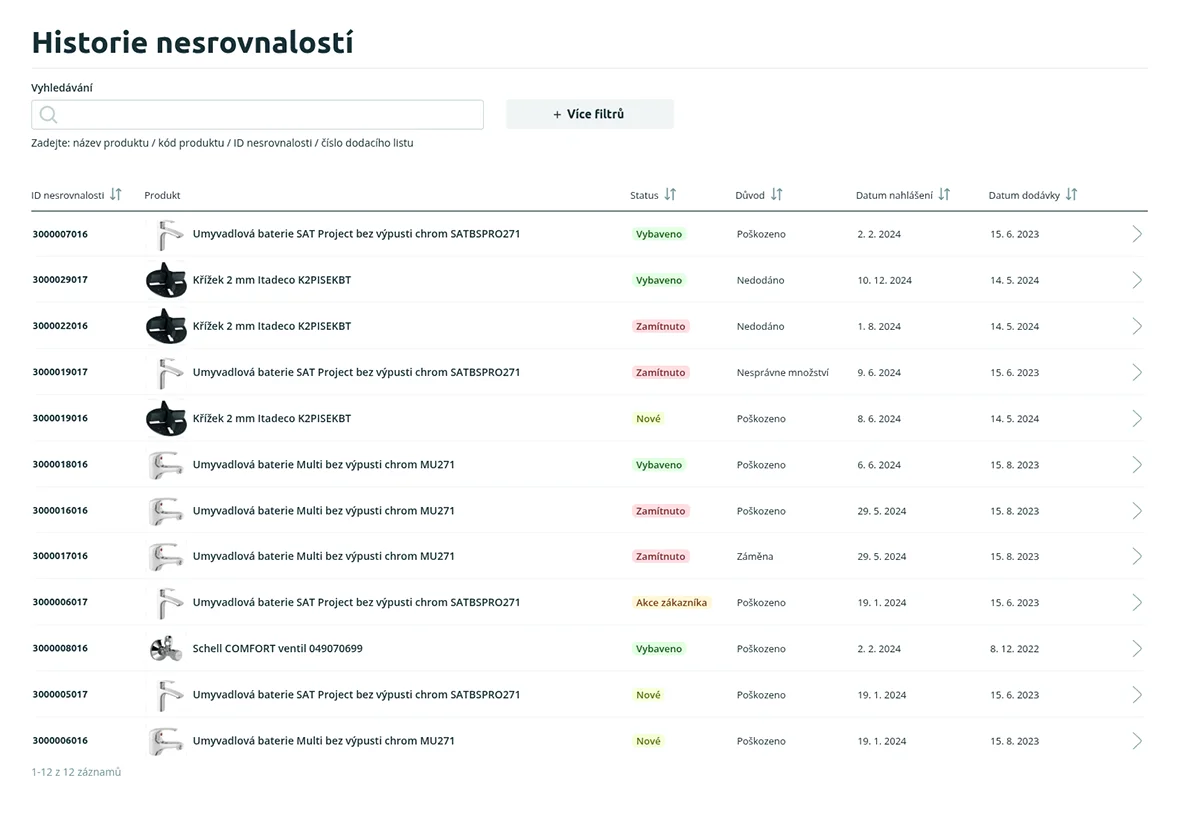
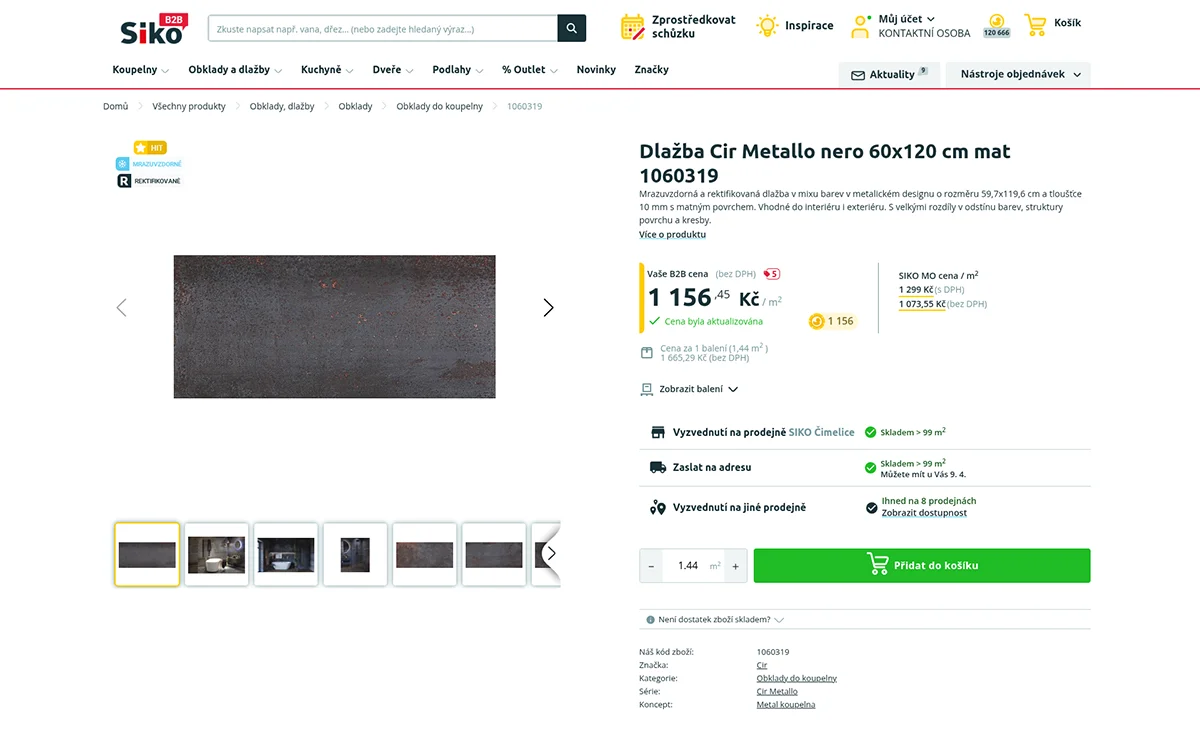
Key B2B features of the new platform
- Quotations
Ability to create non-binding quotes directly from the cart, supporting sales negotiations and allowing SAP to apply individual discounts and final pricing. - Credit limit visibility
Customers can purchase on invoice and monitor available credit, usage, and alerts – essential for cash flow management. - Fast order functionality
Simplifies ordering through CSV import of purchase lists or export of saved carts. - Scheduled delivery date
Customers can choose preferred delivery dates for better inventory and project planning. - Product feeds
Automated updates of product data and pricing for customers with their own e-shops, reducing manual overhead. - Post-order card payments
Flexible option to pay open orders directly from the user account. - Sales support tools (loyalty programs)
Coupon codes, personalized discounts, and bonus programs help increase customer retention. - Integrated ticketing system
Online customer support communication for reporting delivery issues (e.g., missing, damaged, or incorrect goods). - Interactive registration via VAT ID (EU registration)
Automatic data retrieval from public registries speeds up the onboarding of new business clients.
